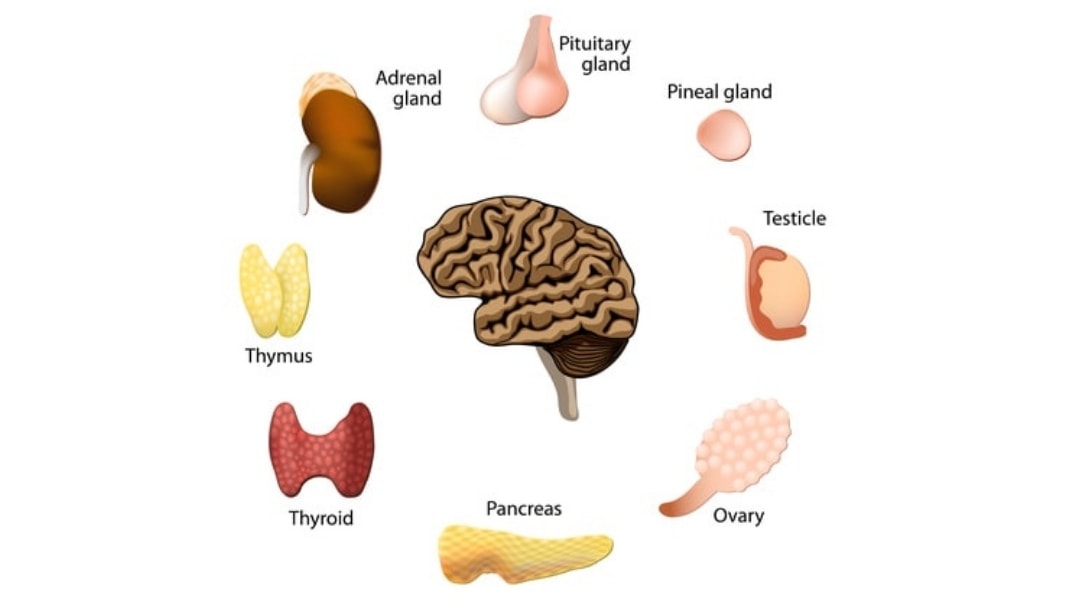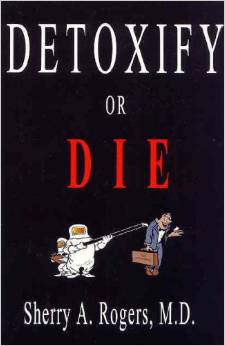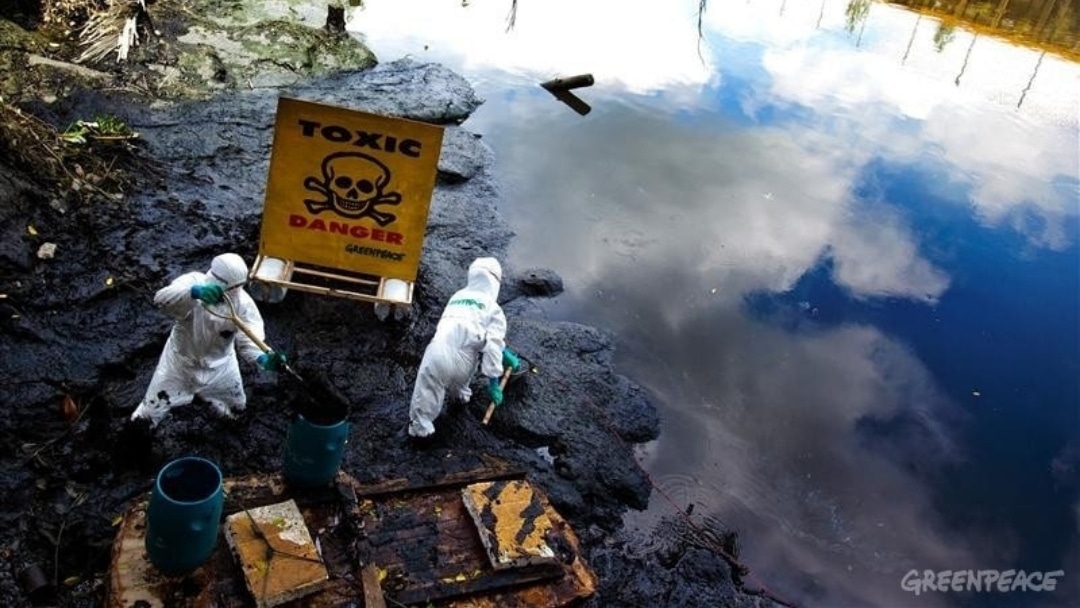Patricia Lemer, M. Ed., NCC, discusses the danger of flame retardants to a child’s neurological and endocrine development in this post.
Since the 1970’s, manufacturers have been treating mattresses, textiles, plastics and car parts with flame-resistant chemicals known collectively as polybrominated diphenyl ethers (PBDEs), otherwise known as flame retardants. Today, these ubiquitous chemicals are showing up not just in our stores, but in our landfills, ground water, house dust, blood and breast milk, and in animals as diverse as fish in Virginia and polar bears and whales in Alaska.
What Are PBDEs?
PBDEs come in three varieties: deca, penta and octa. Deca, the most heavily used, is one of the many potentially hazardous chemicals in use, due to a failed national policy that presumes chemicals are safe until proven to cause harm. North American industry accounts for almost half the world’s market of deca chemicals.
PBDEs did not attract much attention until 1999, when Swedish scientists first detected them in breast milk. A study by the Seattle-based Northwest Environment Watch, a non-profit environmental watchdog group, later found PBDEs in 100% of breastmilk samples taken from 40 nursing mothers in Oregon, Washington, British Columbia and Montana.
Scientists are labeling them “Sons of PCBs,” (polychlorinated biphenyls), which were banned in the U.S. in 1976. Why? Because PBDEs look, behave, and have some of the same effects as PCBs. PBDEs, when burned, produce dioxin, considered the most toxic chemical known to science.
Why Be Concerned?
PBDEs, like PCBs, are believed to be slowly released over the life of these products and make their way up the food chain and into peoples’ bodies. Once inside, they mimic thyroid and other hormones, interfering with reproduction, memory and learning.
Infants and toddlers are the most at-risk because their brains and organs are still developing. The National Academy of Sciences estimates that chemical exposures play a role in at least one in four cases of developmental disorders.
According to Swedish neurotoxicologist, Per Eriksson, exposure during the critical phase from the third trimester of pregnancy to age two disrupts thyroid function and alters brain development. Newborn mice exposed to a single dose of one part per million of PBDEs experienced nervous system damage, and learning/motor deficits that worsened as they aged.
Not using fire retardants also appears to be unacceptable. Untreated polyurethane foam was partly to blame for a fast-burning Rhode Island nightclub fire that killed 100 people. Polyurethane treated with PBDEs burns more slowly.
What Are Governments and Industry Doing?
Concerns about the toxicity of flame retardants have led Canada and the European Union (EU) to ban some or all PBDEs. Several Scandinavian countries have based chemical regulation on prevention, requiring thorough testing.
The EU recently introduced a draft policy known as REACH (Registration, Evaluation, and Authorization of Chemicals) that will require safety testing of thousands of chemicals already on the market. The United States is slower.
In 2003, California banned the use and distribution of penta and octa, but not deca, in electronics. Some electronics, automobile and furniture manufacturers have adopted official policies to phase out use of PBDEs.
In May 2004, Democratic Congresswomen Diane DeGette of Colorado joined with Lynn Woolsey and Hilda Solis of California in introducing the Toxic Flame Retardant Prohibition Act (H.R. 4076) to prohibit the manufacture, processing or distribution of penta and octa PBDEs and their precursors.
What You Can Do for the Environment
- Buy products from environmentally conscious manufacturers who label them appropriately, or reveal their chemical choices.
- Send old electronics to consolidators. Stereos, computers and cell phones can be disposed of safely or donated to charity. Go to the National Recycling Coalition, put in your state and zip code, and find a location near you.
- Lobby your legislators to pass laws banning the use of existing known toxins and create laws to have chemicals proven safe before use, rather than after.
What You Can Do for Your Family’s Health
- Use organic cotton bedding, including mattresses and sleepwear, for everyone in the family, especially the new baby. Some sources are Life Kind, Green Sleep, My Green Mattress and Nontoxic.com.
- Sweat, sweat, sweat. According to Sherry Rogers MD, the author of Detoxify or Die, the body has one proven mechanism for dumping stored environmental toxins: sweating.
- Work with a naturopath or other health practitioner to ensure safe detoxification.
- Consider a far infrared sauna for the family. Rogers believes it is the only proven way to detoxify. In her amazing book, she offers a sample letter to your insurance carrier to persuade them to reimburse you, at least in part.
About Patricia S. Lemer LPC MEd
Patricia S. Lemer is a licensed professional counselor, holding a Masters of Education in counseling and learning disabilities from Boston College and a Masters in Business from Johns Hopkins University. She practiced as an educational diagnostician for over 40 years.
She was a co-founder and served as Executive Director of the international non-profit organization Developmental Delay Resources (DDR). After DDR merged with Epidemic Answers, she became Chairman of the Board. When she retired from the board, she became an emeritus board member.

She is the author of three books, the most recent of which is Outsmarting Autism, Updated and Expanded: Build Healthy Foundations for Communication, Socialization, and Behavior at All Ages (North Atlantic Books, 2019).
Lemer wrote over 50 editorials for "New Developments," the quarterly newsletter of Developmental Delay Resources (DDR), from 1995 - 2009. When DDR wound down, she wrote an online blog, "After the Diagnosis, Then What?" from 2009-2017. Her articles and blogs have been updated and archived on the Epidemic Answers website.
Since 2019, Patricia Lemer has recorded a bimonthly podcast, "The Autism Detective." In these hour-long shows, she interviews parents and professionals about their experiences in maximizing the potential of individuals on the autism spectrum. Over 100 episodes are available on Spotify and other online platforms. To learn more, go to PatriciaLemer.com and OutsmartingAutism.com
Still Looking for Answers?
Visit the Epidemic Answers Practitioner Directory to find a practitioner near you.
Join us inside our online membership community for parents, Healing Together, where you’ll find even more healing resources, expert guidance, and a community to support you every step of your child’s healing journey.
Sources & References
Braun, J.M., et al. Gestational exposure to endocrine-disrupting chemicals and reciprocal social, repetitive, and stereotypic behaviors in 4- and 5-year-old children: the HOME study. Environ Health Perspect. 2014 May;122(5):513-20.
Hertz-Picciotto, I., et al. Polybrominated diphenyl ethers in relation to autism and developmental delay: a case-control study. Environ Health. 2011 Jan 5;10(1):1.
Lyall, K., et al. Prenatal Serum Concentrations of Brominated Flame Retardants and Autism Spectrum Disorder and Intellectual Disability in the Early Markers of Autism Study: A Population-Based Case-Control Study in California. Environ Health Perspect. 2017 Aug 30;125(8):087023.
Messer, A. Mini-review: polybrominated diphenyl ether (PBDE) flame retardants as potential autism risk factors. Physiol Behav. 2010 Jun 1;100(3):245-9.
Napoli, E., et al. Toxicity of the flame-retardant BDE-49 on brain mitochondria and neuronal progenitor striatal cells enhanced by a PTEN-deficient background. Toxicol Sci. 2013 Mar;132(1):196-210.
Wong, S., et al. Autism, Mitochondria and Polybrominated Diphenyl Ether Exposure. CNS Neurol Disord Drug Targets. 2016;15(5):614-23.




